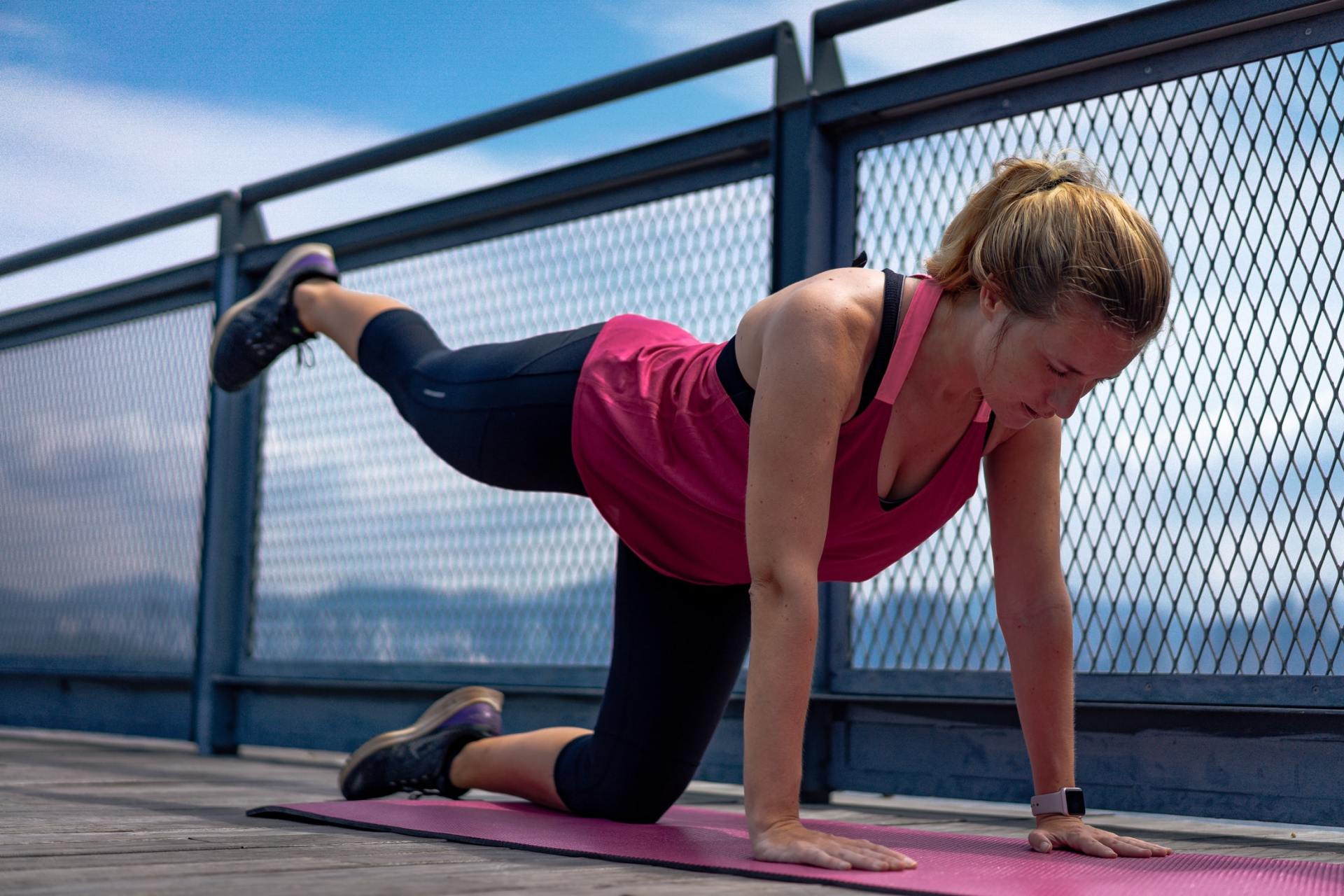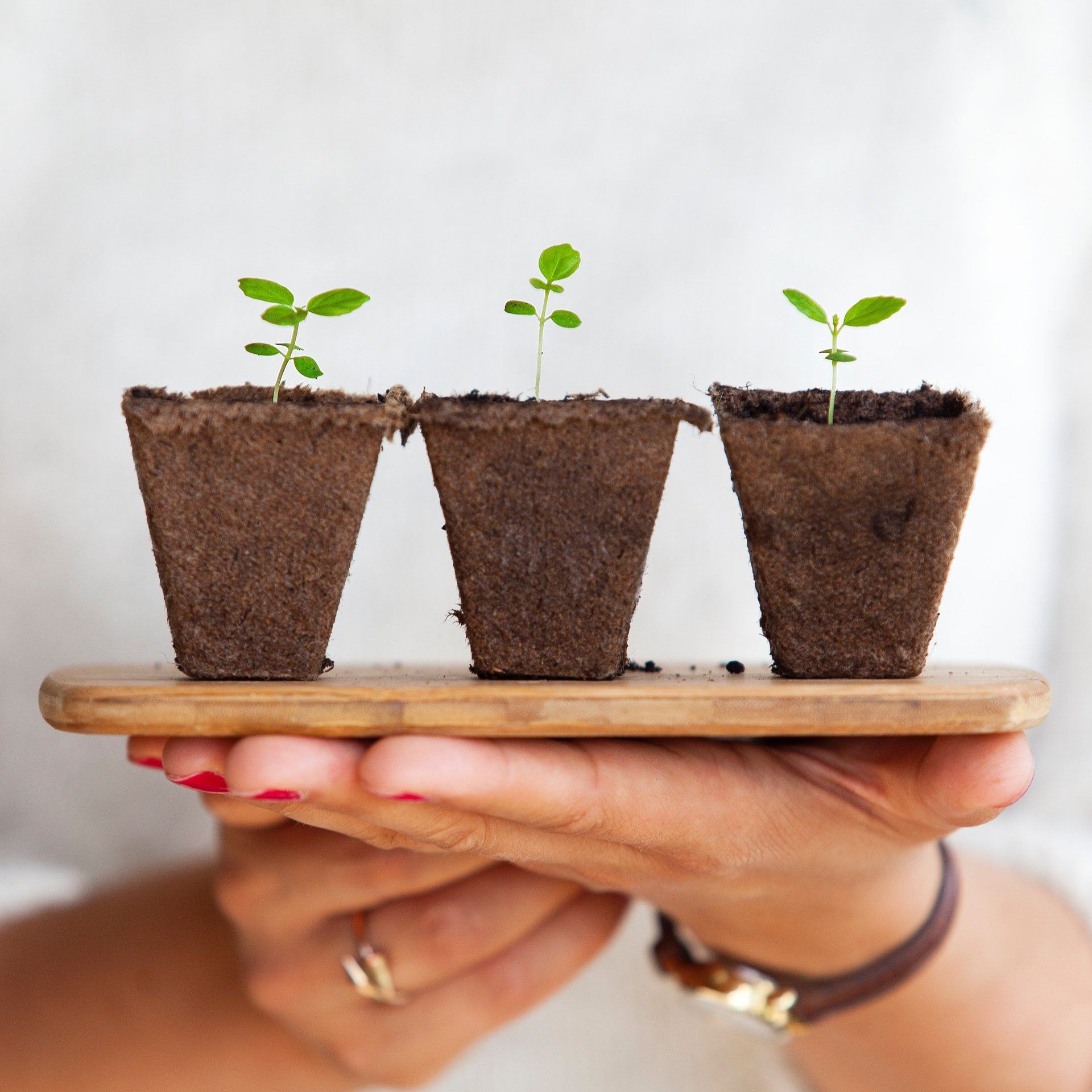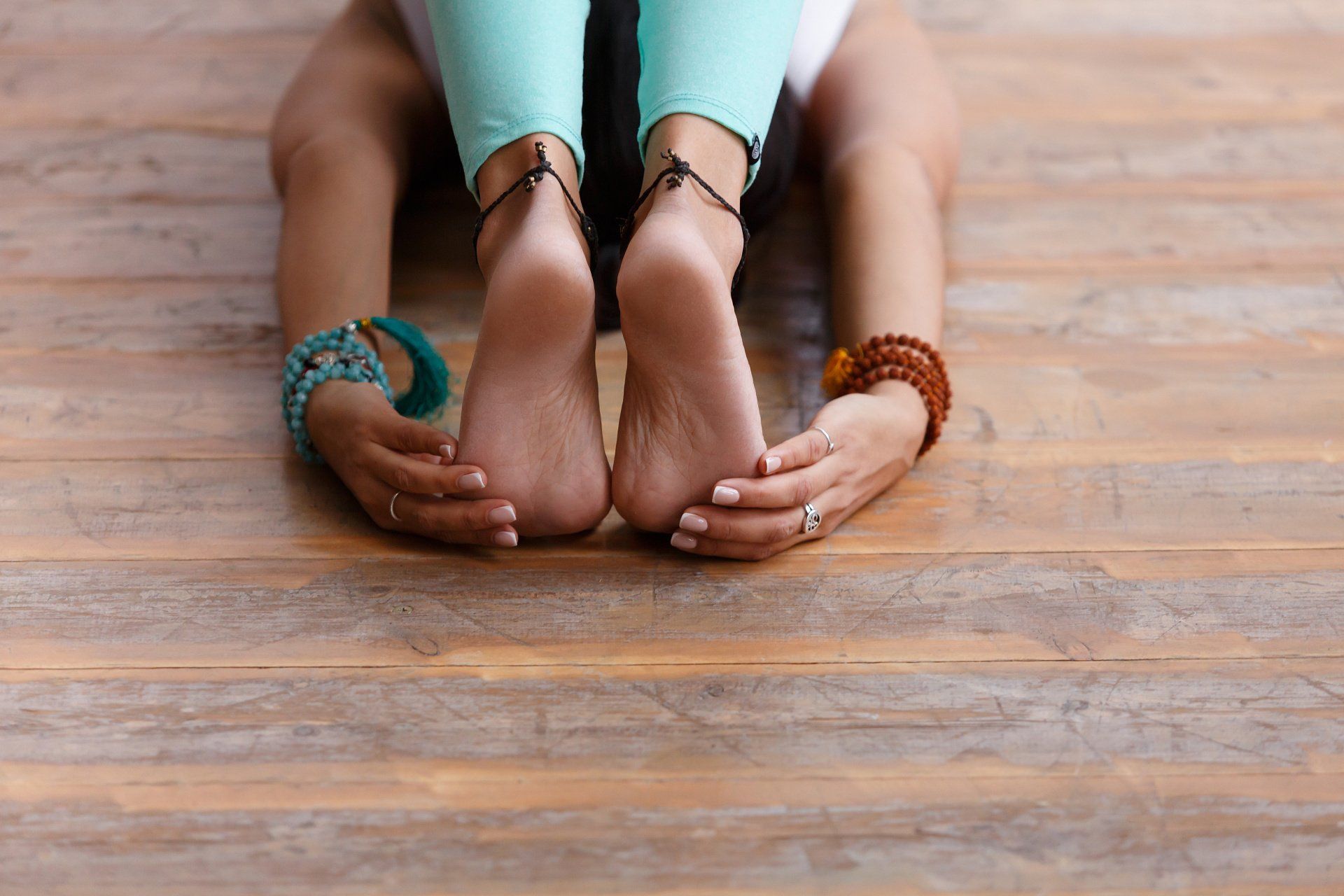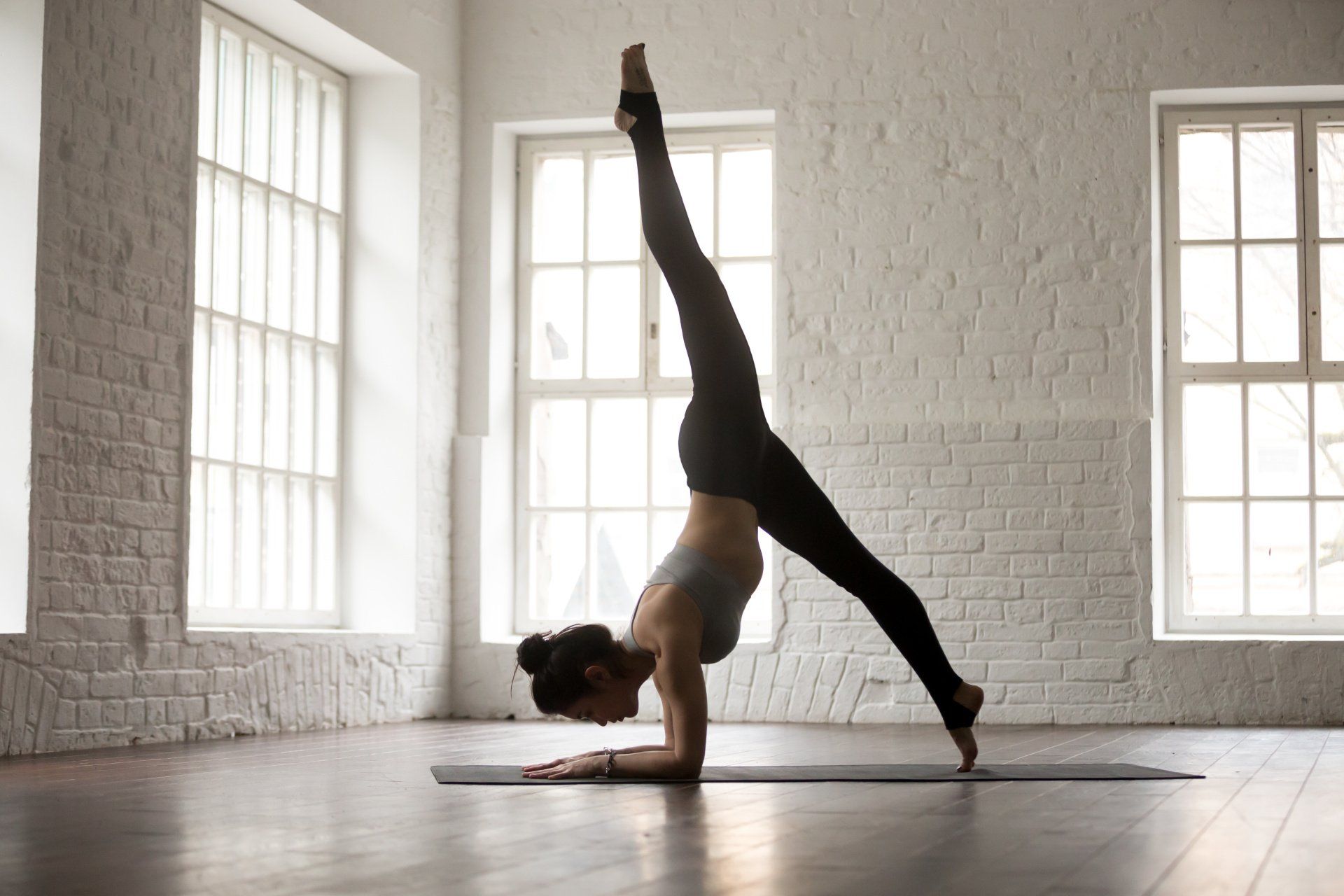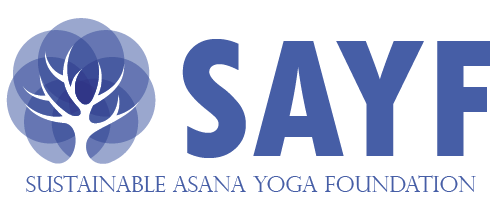There’s a thread you follow. It goes among
things that change. But it doesn’t change.
People wonder about what you are pursuing.
You have to explain about the thread.
But it is hard for others to see.
While you hold it you can’t get lost.
Tragedies happen; people get hurt
or die; and you suffer and get old.
Nothing you do can stop time’s unfolding.
You don’t ever let go of the thread.
~“The Way It Is” by William Stafford ~
We now know that humans are hardwired for love and belonging. This need for connection and community is a thread that connects us all. This thread contributes to deep joy and meaning in our lives.
Yoga classes create an opportunity for people to remember this thread that connects us all. Connection is key to building trust.
Another key to building trust is credibility. Credibility is the quality of being trusted. Sincerity, honesty, expertise, wisdom, experience, and integrity are key to building credibility.
Credibility is an essential quality that students who are looking for a yoga teacher (or yoga community/studio) are searching for. If I am going to invest my resources in a yoga community, I am going to do so with a studio or a teacher that I know, like, and trust.
Relationships are built on trust. Trust is built from connection and credibility.

Welcoming & Creating Community
Building trust begins before students even walk in the door. In order for students to invest their time and money in developing a relationship with the yoga you offer, they must take a leap of faith. They must, first, trust themselves. Second, they will quickly discern whether they feel that the yoga community you’ve created feels like a safe and sacred place for them.
EB Ferdig, Unfold Yoga & Meditation, Portland, OR, shares that:
"We employ trust when we take a chance to invest in a new direction. Some people take the chance to start (or re-start) making art, or to pursue physical movement practices after time away, or some people go back to school. With all of these changes, investments of time, attention and/or are money involved. And sometimes we are really "putting ourselves out there," and not knowing if we will end up with the desired outcome…
When we can see where we are not yet ready to trust, it may be a good indicator of an opportunity for healing. Then, we have to deem whether the object of this trust relationship is worthy of trust…"
The photos you use on your website, printed materials, and in social media tell a story about who is welcome in your classes. Creating a sacred welcoming community is the goal of many yoga spaces. It is important to be really clear about what you are offering. Are you truly offering accessible and inclusive classes for all bodies, or are you appealing to more of a niche market like hot power yoga or gentle chair yoga? In order for students who are visiting your studio/community to trust you, they will expect that the content (images and words) you use in your branding is consistent with the offerings you provide in your classes.
To be able to truly welcome someone to your community, your staff must be trained in how to accommodate their specific needs in their classes through education, understanding, environment, words, sequencing, and props. This is not always an easy task. Being realistic about what your studio is currently capable of offering and then representing that in your promotional materials is essential to building trust and credibility.
Building Trust & Connection With New Students
It's easy to see why so many people are intimidated by yoga simply by scrolling through Instagram. Coming to any group movement experience can be courageous and vulnerable even when you feel welcome. Students are deciding, from the moment they walk in the door, whether this is a place where they feel safe and empowered.
When greeting new students, it’s important to look them in the eye. Listen to them. Be available for questions or concerns. Show them around so they can feel familiar and comfortable in the space.
“The relationship with a new student begins the moment they walk in the door.
Making eye contact, letting them know that you see them, and slowing down
long enough for them to ask any questions on their mind makes all the difference.
No one wants to feel invisible or like they are just a random number in your system.”
Kerry Walker
Co-Owner at Balance Yoga in Vermont
Jim Coughlin encourages community connection from the moment new students walk into Downtown Yoga studio in Pleasanton, CA, “I always introduce a new student to an existing student and ask the existing student to show the new student around.”
As the teacher-student-community bond develops, more trust is created. The words we use and the guidance we give create trust which, in turn, builds community.

Trust Sustains Community
Nurturing student-teacher-community connection sustains community and retains members. This is beneficial for everyone within the community in profound and transformative ways.
‘...we all have the same drive in this studio:
to meet each student where they are, and work with them as individuals.
Our classes are...each...a "neighborhood"
with all of them making up our larger...community.’
~ Pat Perrier
Owner, Just Breathe Yoga, Crest Hill, IL
Earned trust can be vulnerable (or even broken) if a student experiences physical or psychological discomfort while in a class at your space. AND many students who are injured have shared with us that they just quit coming to classes (without even mentioning to the teacher or the studio owner/manager their injury or discomfort with a certain situation).
“If I guide my students into a pose or sequence that is too hard for them,
it ends up being discouraging instead of encouraging.
Using SAYF guidance allows me to teach to many students who need different
progressive options, so that everyone feels encouraged and successful.”
~ Erin Solveig
SAYF Co-Founder & Certified Rolfer
There are many ways we can create more inclusive and accessible classes, including equity and diversity training, trauma-informed yoga training, and, also, accessibility-focused training that teaches us how to create more options for differing bodies. Another important thing we can do to protect our community and retain members is to support our teachers and students by offering education that reduces the likelihood of injury by better understanding human movement mechanics. There are many ways we can reduce injury and discomfort in yoga classes.
The SAYF training provides comprehensive training that:
- Reduces the likelihood of injury. This helps students to stay involved in a community and sustain a practice long enough to discover the psychological and personal/spiritual benefits of yoga.
- Supports studio leaders in training a team of teachers to understand enough about the mechanics of the body (different than anatomy or alignment) so that your studio community is not confused by teachers who are contradicting each other.
- SAYF training also teaches language and understanding that helps teachers to create more accessible asana options.
Students want to feel seen and understood. They want their teacher to be paying attention to their experience so that guidance and options can be tailored to students’ individual needs. This builds both trust and community.
Trust and connection naturally emerge in the presence of yoga taught with credibility and integrity. This, in turn, builds community., reveals a bit about this process:
“Hopefully, in our yoga practices, we can learn to trust ourselves, and in practicing,
we can even become more trustworthy. Maybe we can become less reactive,
and therefore more trustworthy in the eyes of our loved ones.
Maybe we can build more body trust. Or learn to trust our own discernment
as to when to stop striving (or when to start!).”
~ EB Ferdig
Unfold Yoga & Meditation, Portland, OR
As we trust ourselves better, we are better able to trust others. And, as we trust others, we are better able to trust ourselves. One of the greatest gifts of sharing yoga is the community and connection that naturally evolves from this beloved practice.
